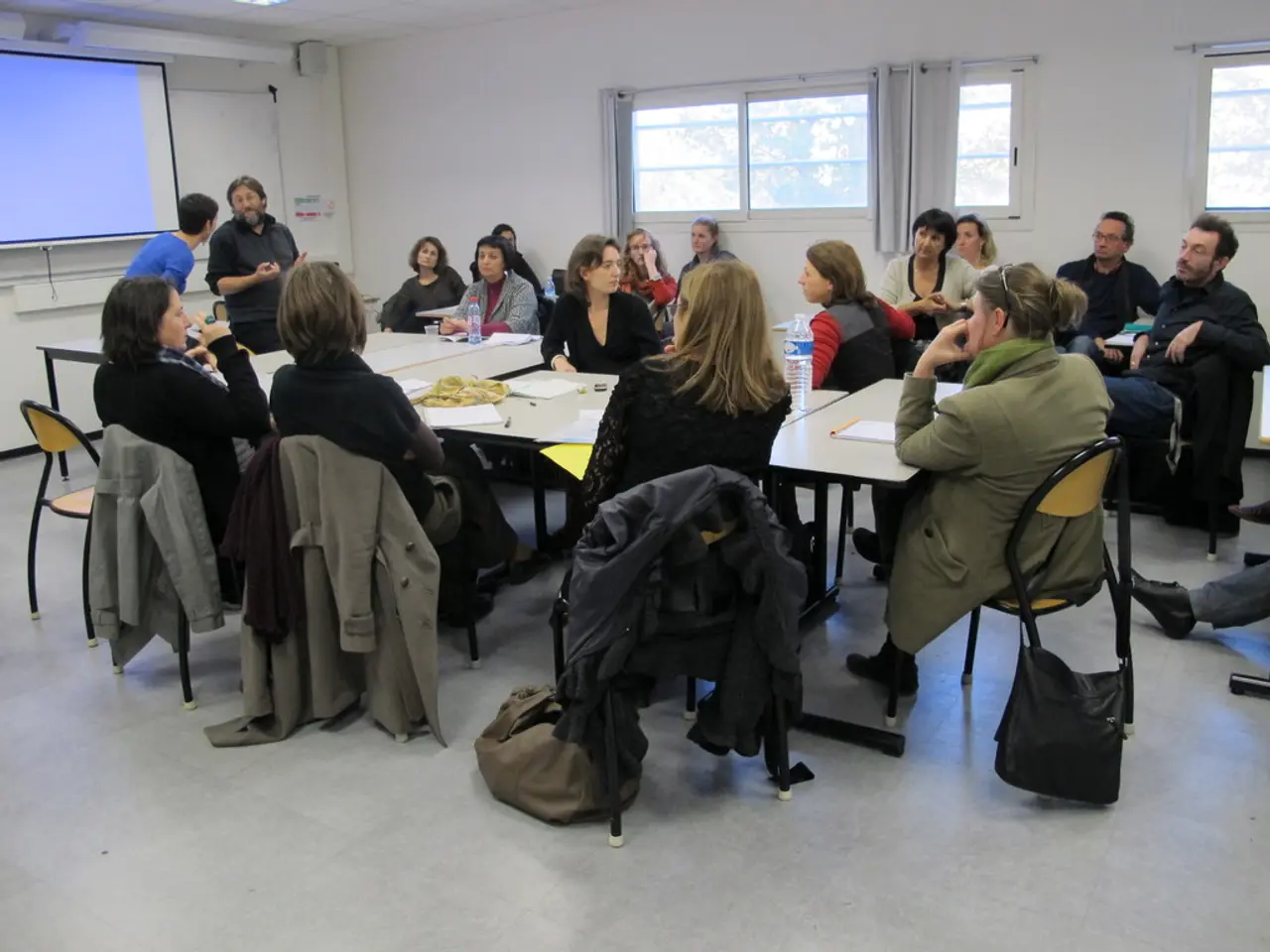Prospects for the SI's Development
The Measurement Standards Laboratory of New Zealand recently presented a groundbreaking discussion on the redefinition of the International System of Units (SI), marking a significant stride in the field of metrology. The presentation, filmed at the Faculty of Engineering, Auckland University, was spearheaded by Peter Saunders and Farzana Masouleh.
The redefined SI base units are rooted in physical constants and properties of nature, ensuring a foundation of accuracy that transcends Earth's boundaries. This new system is not only applicable in space, on Mars, and other planets but also provides universal accuracy in measurements.
One of the key points made by Farzana Masouleh was the contextual relevance of SI units. As the meter is defined by the speed of light, and the kilogram was originally tied to a physical artifact on Earth, measurements and calibration on other planets with different environmental factors may present challenges.
However, the redefined SI units offer several advantages. They facilitate technological advancements in the future, and their availability and stability due to their accuracy are noteworthy. The potential benefits of this redefinition are yet to be fully realised, but the universal accuracy it promises is undeniably significant.
Furthermore, the use of SI units off Earth aids in maintaining consistency and clarity when scientists and engineers across the globe (and potentially beyond Earth) share data, perform experiments, or collaborate on missions.
Despite the changes, everyday life will not be significantly affected by the new SI definitions. The weight of a kilogram of cheese, for instance, remains the same in the new system. The accuracy of the new definitions is dependent on the laws of physics remaining constant, and the freezing point of water remains 0 degrees in the new SI system.
The Measurement Standards Laboratory of New Zealand will continue to maintain the units for everyday use, ensuring a smooth transition for consumers. The videos of the presentation, filmed and edited by Jonathon Potton of Chillbox Creative, were published by Referencing Hub media to share the story of metrology development.
In conclusion, while SI units offer a crucial foundation for interplanetary science and exploration, their application beyond Earth necessitates careful adaptation to local planetary conditions, ensuring measurement accuracy and effective universal communication. Farzana Masouleh's discussion on the implications of using SI units on other planets underscores this necessity and the potential challenges and opportunities that lie ahead.
Scientists and engineers working in fields such as health-and-wellness, fitness-and-exercise, as well as space-and-astronomy, will greatly benefit from the redefined SI units due to their accuracy and consistency in measurements, enabling them to perform experiments and share data effectively across the globe. The use of SI units in technology, including scientific research on health, fitness, and space exploration, promises to facilitate groundbreaking advancements.




